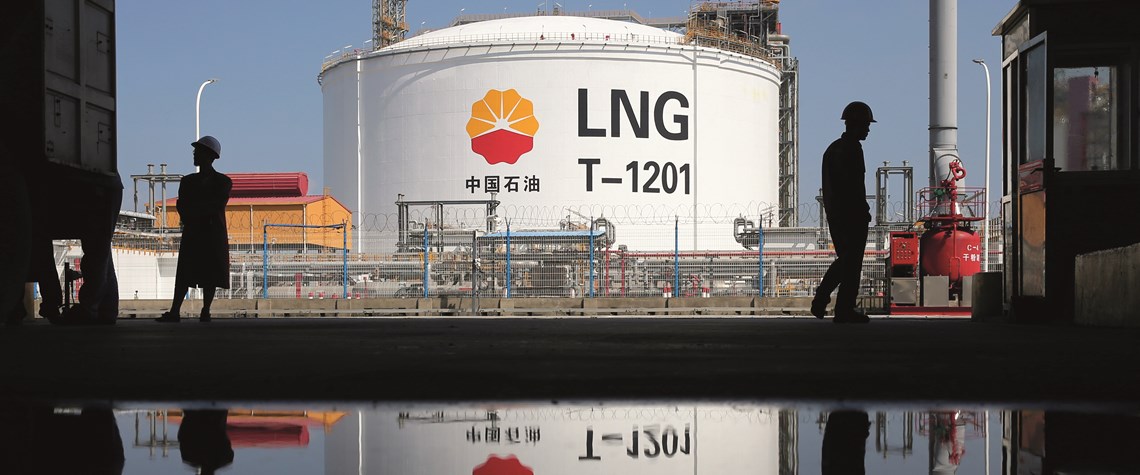The LNG wave is on the way
Liquefaction ramp-ups and a slowing rate of Chinese demand growth finally deliver the oft-anticipated supply glut
Europe's LNG terminals are set to be over 60pc busier in January 2019 compared to the same month last year. Australian, Russian and US supply has stepped up, and Asia is working through a backlog of fourth-quarter oversupply after mild weather. But is this just a temporary blip or finally the arrival of the widely predicted but much delayed "wave" that would send the global LNG markets into oversupply? Analysts are in a broad agreement that it is the latter. According to Paris-headquartered Kpler, one of the market-leading LNG cargo analysts, Europe will receive 5.8mn t of LNG in January, based on observed arrivals and anticipated ship movements until the end of the month, up by 2.2mn t from

Also in this section
5 December 2025
Mistaken assumptions around an oil bull run that never happened are a warning over the talk of a supply glut
4 December 2025
Time is running out for Lukoil and Rosneft to divest international assets that will be mostly rendered useless to them when the US sanctions deadline arrives in mid-December
3 December 2025
Aramco’s pursuit of $30b in US gas partnerships marks a strategic pivot. The US gains capital and certainty; Saudi Arabia gains access, flexibility and a new export future
2 December 2025
The interplay between OPEC+, China and the US will define oil markets throughout 2026







